Marantz Receiver Comparison Features Step-Chart
Knowing which features are worth paying more for seems to be a difficult thing when shopping for the right A/V receiver. Sure, you can compare similar AV receivers on Audiogurus.com, but when you’ve decided on what brand you want, there’s still the issue of which receiver to get in the line. With Marantz receivers in particular, you already know you’re going with an audio-centric brand. The real question is: Which model also gives you the rest of what you require? Understanding the major and minor differences between Marantz NR series and SR series AV receivers will allow you to chose the one that is perfect for your needs. Our Marantz receiver comparison chart is designed specifically to help navigate the major and minor differences between the various Marantz receivers. With these Step Charts, you can draw your own conclusions—or just use the notes we made along the way to help you decide on the right model for you.
Marantz is running with around five (5) models in its NR and SR series, and these models all offers different and ever-increasingly powerful or flexible features for achieving good stereo and surround sound in your home theater or listening room. Our hope is to save you lots of time in making your choice, and perhaps you’ll discover something you didn’t even realize you needed in the first place.
Following is the Step Chart for the Marantz NR and SR series receivers:
If you’re interested in older modes, please see the previous 2013 Marantz step-chart here. Below are some of the more important observations regarding the differences between the various models:
Breakpoint 1: Component Video, HDMI Upconversion, Zone 2 and 7.1
If you want a 7.1 receiver, you’re going to have to skip the NR1504 and jump right into the Marantz NR1605, which also adds two component video inputs for legacy products. While there’s a component video output, Marantz also provides analogue video upconversion to HDMI on the NR1605 as well. On top of that, there’s also a discrete Zone two that can be powered using the Surround Back amps in the 7.1 system. There are so many additional features offered by the NR1605—including WiFi and Bluetooth (two huge upgrades from the NR1604), it’s a huge no-brainer—unless you are really set on minimal surround features and simply don’t need anything more.
Breakpoint 2: Multi-channel Inputs/Outputs, Power Boost
Going from the slim NR Series to the SR series really bumps up your sound quality. Adding nearly four pounds in weight, the Marantz SR5009 receiver boasts double the power, 100 watts, and adds over two inches in height to the chassis. There are some other advances as well, such as additional digital inputs and multi-channel preamp outputs. Obviously, if you’re going to integrate an external multi-channel amplifier, the SR series receivers are your new best friend. More than that, however, if you have any legacy multi-channel analogue sources, Marantz‘ SR series are one of the few models that still offer multi-channel analogue inputs. This feature is absent on all but higher-end Yamaha receivers and Marantz’ SR series. Add WiFi, Bluetooth and RS232C control as well as a trigger output and you’ve got a real pro-ready receiver.
Breakpoint 3: Dual HDMI Outputs, Phono Input
If you want to send HDMI to a second television—and it can even be a discrete source—the Marantz SR6009 receiver is the model you’ll need to bump up to. It also is the first of Marantz’ AV receivers to include a phono input, so if you’re spinning vinyl you’ll either need this receiver, or an external phono preamp. Marantz also steps up the automatic room correction system on this receiver from MultEQ to MultEQ XT. MultEQ XT has eight times the filter resolution for the primary speaker channels and supports up to 8 measurement positions (and up to 32 with MultEQ Pro). Finally, the SR6009 and SR7009 include a DAC (digital to analogue converter) for Zone 2, allowing you to send q
Breakpoint 4: Three HDMI Outputs, 9.2 Channels, Third Zone
With three HDMI outputs and two more channels for a full 9.2 home theater system, the Marantz SR7009 receiver stands as one of the more flexible products on the market today. Two of the HDMI outputs are parallel (they need to carry the same source signal and resolution) but the third, like the SR6009, can go to a second Zone with its own discrete source. Having 9 channels of amplification also means that you get additional Zone 2 and Zone 3 options, including the ability to route unused amplifiers to those zones, while still maintaining a 5.1 surround system in your primary zone. There’s even an additional component video input, bringing the total to three. You get Wifi, Bluetooth, RS232C control…the list goes on. If you’re really hoping to maximize your home theater, 13.2 multichannel outputs are even included for an incredibly flexible system that can use all manner of external amplification. It also supports Dolby Atmos height channels or height-enabled speakers.
Some things you’ll want to note about Marantz receivers. The new models now support RS-232C control and at least one 12V trigger output, so they are finally geared for serious custom installer use. If you need more options, Denon’s CI line of receivers will give you some additional options to consider. WiFi and Bluetooth are now standard except for the most entry-level models. While you still won’t be able to send digital sources to the Zone 2 or Zone 3 outputs—you’ll need to connect analogue sources for those Zones (with the exception of the HDMI output)—that’s not a deal-breaker and people are getting very used to that limitation.

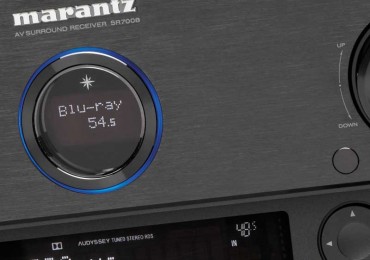
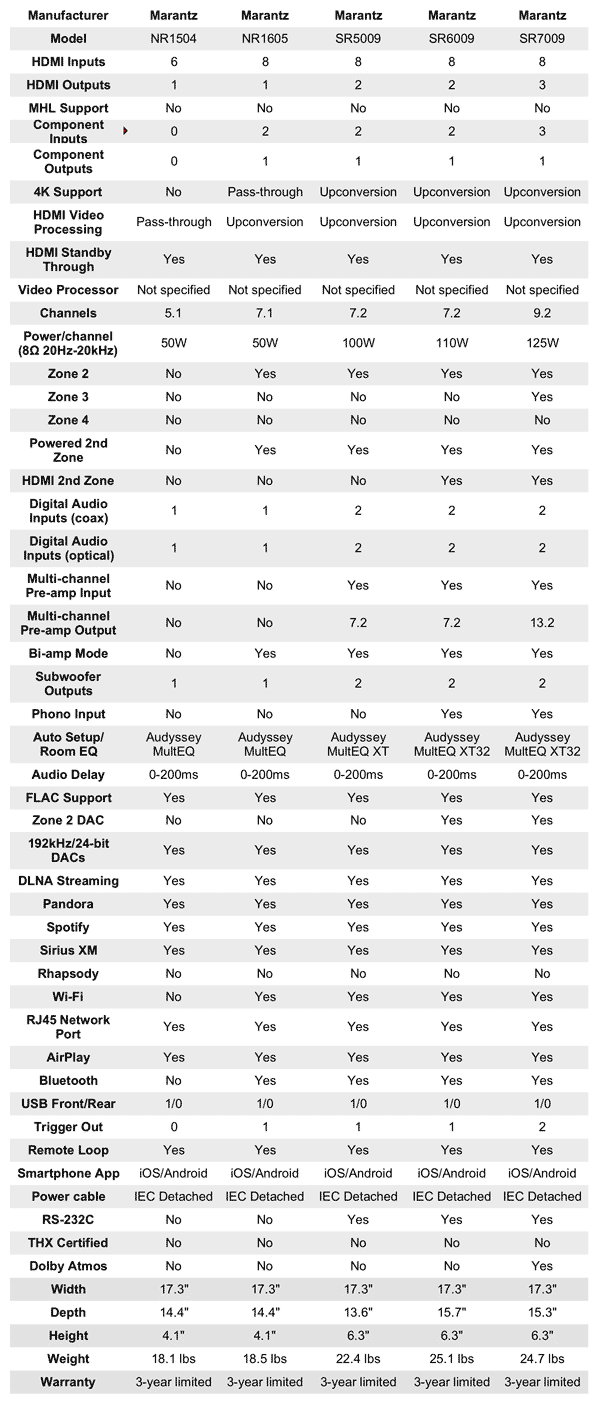
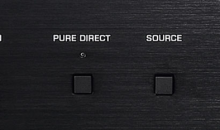
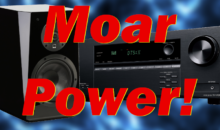
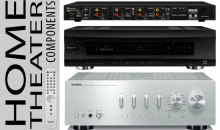
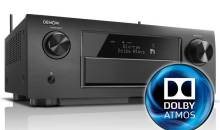

The SR 6009 does strip audio from hdmi for zone 2 it is in the setting menu and needs to be turned on.